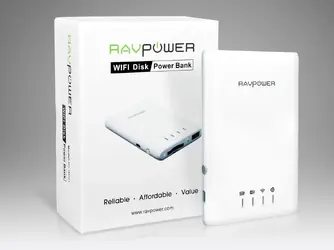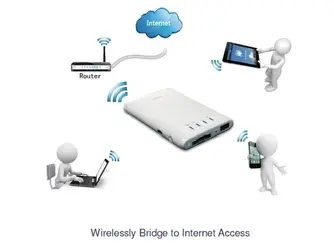I don't see why you'd want to limit yourself by carrying a spare battery pack that has to be plugged into your phone VS carrying around a spare battery that can just be popped into the device itself, making it less clunky and intrusive.
The same logic applies to the microSD card slot issue. If you need the extra storage space, you can buy a USB OTG cable and mount a flash drive. But like a portable USB battery, it's one of those things where it's sticking out of the device by a wire whenever you want to use it.
In retrospect my argument may have been somewhat convoluted. I don't want to "carry around" either a spare battery OR a backup battery (certainly not in my pants pocket), but given the choice to have one or the other available (such as in the glove compartment), should the phone reach a level of critical discharge I'd much rather;
A) plug into a backup battery pack and keep working
than to;
B) save what I was doing
B) power down,
B) remove the phone case,
B) remove the back of the phone,
B) pull the battery pack,
B) put the new (charged), battery pack back in,
B) replace the back cover,
B) replace the phone case,
B) power the phone back up,
B) and wait for the boot sequence to complete.
The battery pack is instantaneous and allows continuous, uninterrupted use of the phone as long as you do so before it's completely drained, whereas replacing the battery is a whole other animal, possibly involving loss of data. In other words the convenience factor of a backup battery far exceeds that of a spare.
As for the SD versus USB drives, well that's not even funny. I can put a MicroSD card in a pocket and not even know it's there, but to carry (again, in my pocket), a USB drive for the same type of backup is ludicrous. Furthermore, the MicroSD card would be in the phone and ready to use at 0 seconds delay and can be set as the default location for data storage such as pictures/videos/backups, etc., whereas I would have to go through a long process (similar to above), to connect, power up, open an app to access, and then copy files to the USB drive - in a nutshell again, there's no comparison to the convenience factor.
To summarize, power is fluid, data is not. If I need power there is a distinct window - a range of a segment in time (from now until when the phone reads 0% and shuts down on its own), where I can find a convenient source, I can plug in and get it instantly. I can continue what I was doing, basically uninterrupted and for renewed portability even a short burst of charging can last several hours. But since data is fragmented, if I need to store it, I want instantaneous access and 100% readiness and that is something a MicroSD card can give, but a USB drive can not.


